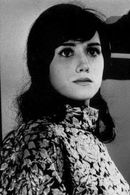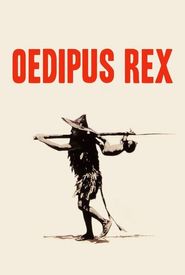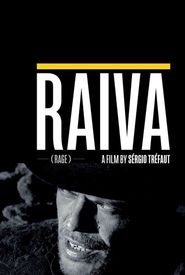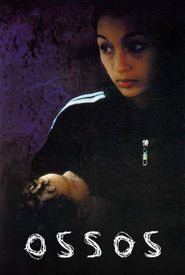Biography of Maria Matos
Born in Tomar, Portugal, Maria Matos began her journey in dance at the tender age of four. She later moved to Lisbon at 14, where she discovered her passion for ballet and attended classes for the first time. With hard work and dedication, she overcame her initial fears and went on to become a prima ballerina after further studies in London.
Maria's love for dance never faded, even after she left the stage. She continued to attend ballet performances at San Carlos, Lisbon's Opera House, and even helped form several small ballet groups, some of which survived the challenging Portuguese environment.
Maria's acting career began in Portuguese television, where she was one of the youngest actresses in staged dramas and TV series during the pioneer period of TV in her country (1957-1963). She met and married actor João D'Ávila, with whom she had a son in 1964. Their art careers took different paths, but Maria continued to pursue her passion for acting.
Maria earned national acclaim for her starring role as Inês in the film "Verdes Anos, Os" (1966),a forbidden love story set in Lisbon. She then stayed in Paris for a short time, attending the French premiere of "Fahrenheit 451" (1966) alongside François Truffaut. However, she didn't develop a filming project in France and instead moved to Rome, where she stayed for several years.
During her time in Rome, Maria met a group of interesting people, including Alberto Moravia, Dacia Maraini, Gato Barbieri, Bernardo Bertolucci, and Laura Betti. She appeared in two short films and starred in two dramas, as well as some bit parts, one of which was alongside Silvana Mangano, directed by Pier Paolo Pasolini.
Maria asked her husband to join her on a long voyage, and they embarked on a journey by road and lack of it, from Rome to Katmandu, Nepal, where they stayed for a month. They visited Afghanistan and Pakistan extensively, but bypassed India, which she would visit several years later. Maria returned to Rome and then spent three years in Ibiza, Spain, before briefly returning to Portugal in 1973.
Maria has worked with some of the best Portuguese film-makers, including Paulo Rocha and Manoel de Oliveira, and has accepted small parts in films by avant-garde, no-name women film directors, such as Teresa Villaverde, Raquel Freire, and Cláudia Tomáz.
Despite her first passion being ballet and her second the stage, Maria's quality acting has been recognized in special sessions at the Portuguese Film Archive (1989) and the yearly Film Festival of Santa Maria da Feira (2002).































